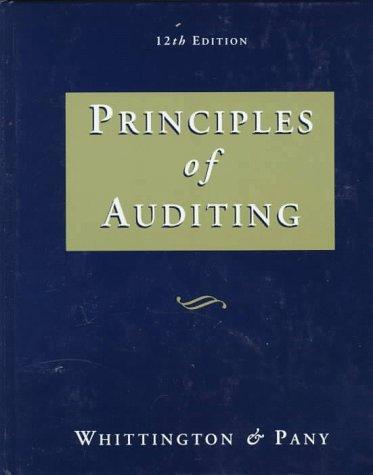Answered step by step
Verified Expert Solution
Question
1 Approved Answer
t. A rolling budget is a budget that A) extends 5-10 years into the future. 8) is continuously updated, so that the next 12 months


Step by Step Solution
There are 3 Steps involved in it
Step: 1

Get Instant Access to Expert-Tailored Solutions
See step-by-step solutions with expert insights and AI powered tools for academic success
Step: 2

Step: 3

Ace Your Homework with AI
Get the answers you need in no time with our AI-driven, step-by-step assistance
Get Started


